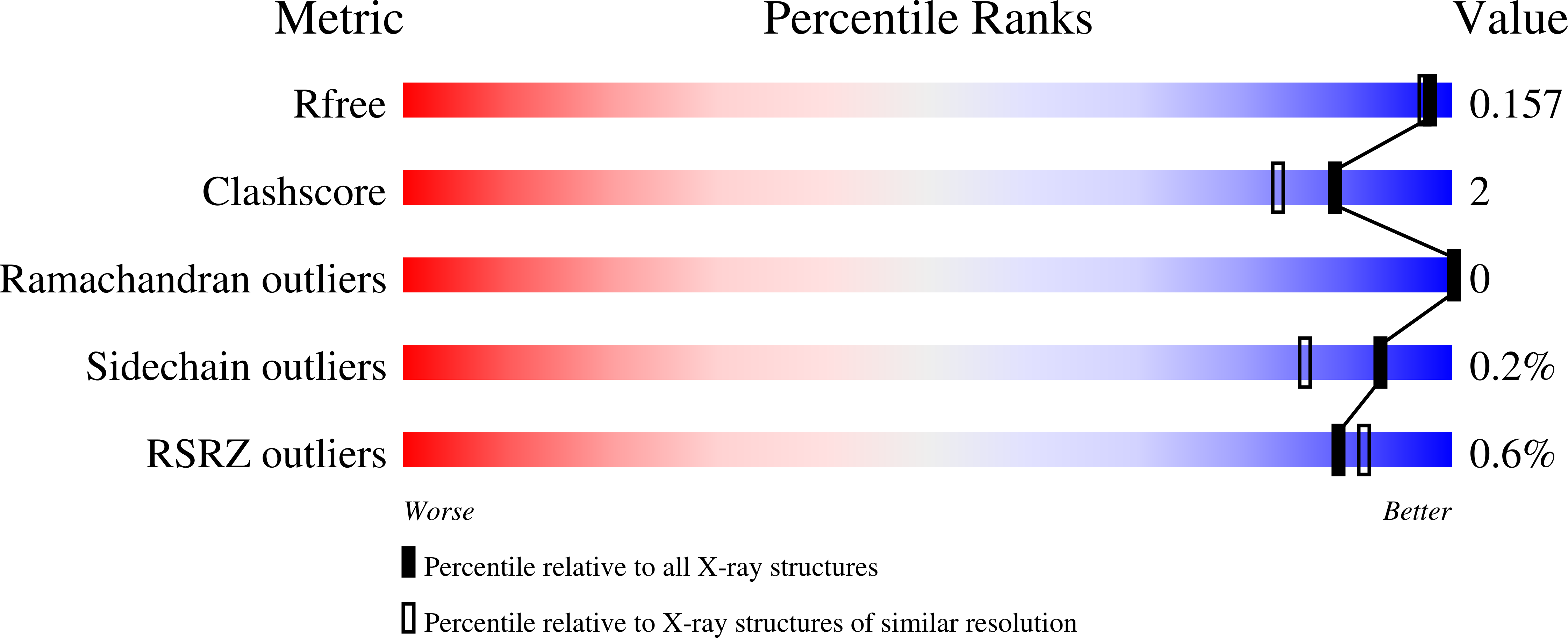
Deposition Date
2016-01-11
Release Date
2016-11-02
Last Version Date
2024-05-08
Entry Detail
PDB ID:
5HHT
Keywords:
Title:
Crystal structure of E. coli transketolase triple variant Ser385Tyr/Asp469Thr/Arg520Gln
Biological Source:
Source Organism:
Escherichia coli K-12 (Taxon ID: 83333)
Host Organism:
Method Details:
Experimental Method:
Resolution:
1.50 Å
R-Value Free:
0.15
R-Value Work:
0.12
R-Value Observed:
0.12
Space Group:
P 21 21 21


